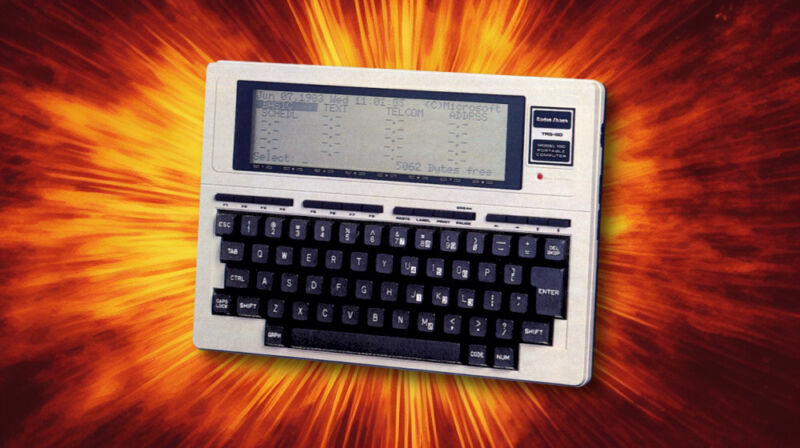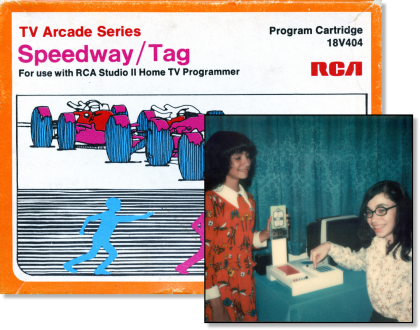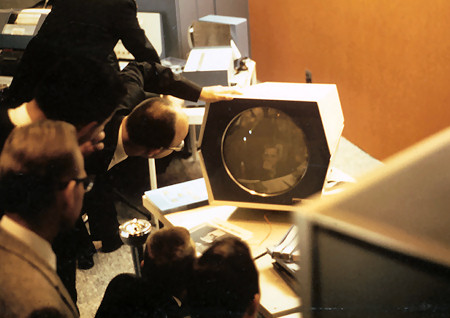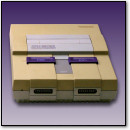Benj Writes Tech History at Ars Technica
Wednesday, May 3rd, 2023In August 2022, I joined up with Ars Technica as their AI and Machine Learning Reporter. Of course, even while documenting one of the wildest cutting-edge stories in tech at the moment, my heart never strays far from the subject of this site: vintage technology and the history behind it.
In between writing about AI at Ars over the past 8+ months, I’ve had the chance to occasionally write a piece about tech history or nostalgia (23 in total so far). To capture them all in one place, I’ve created a tag called “retrotech” for all of those articles at Ars. To check them out, click this link.
Here’s a fun one I did not too long ago: Egad! 7 key British PCs of the 1980s Americans might have missed.
 So if you’re interested, keep an eye on the “retrotech” tag and follow along there. In a way, it’s kind of an extension of what I did on Vintage Computing and Gaming back in the day, albeit this time I make a full-time living and get health benefits. That’s quite an upgrade!
So if you’re interested, keep an eye on the “retrotech” tag and follow along there. In a way, it’s kind of an extension of what I did on Vintage Computing and Gaming back in the day, albeit this time I make a full-time living and get health benefits. That’s quite an upgrade!
As I usually mention in posts on here for the past few years, I’m sorry that I’ve let VC&G wither with neglect. I’m not shutting it down since there is so much historically valuable content here (especially interviews and comments), and our Patreon supporters keep these archives online. Thanks for your continued support over the past 18 years!
—
P.S. Did you see this piece that lists out all of the tech history work I did at How-To Geek between 2020 and 2022? Pretty cool.







 Back in 2011, I wrote an article about the
Back in 2011, I wrote an article about the 







